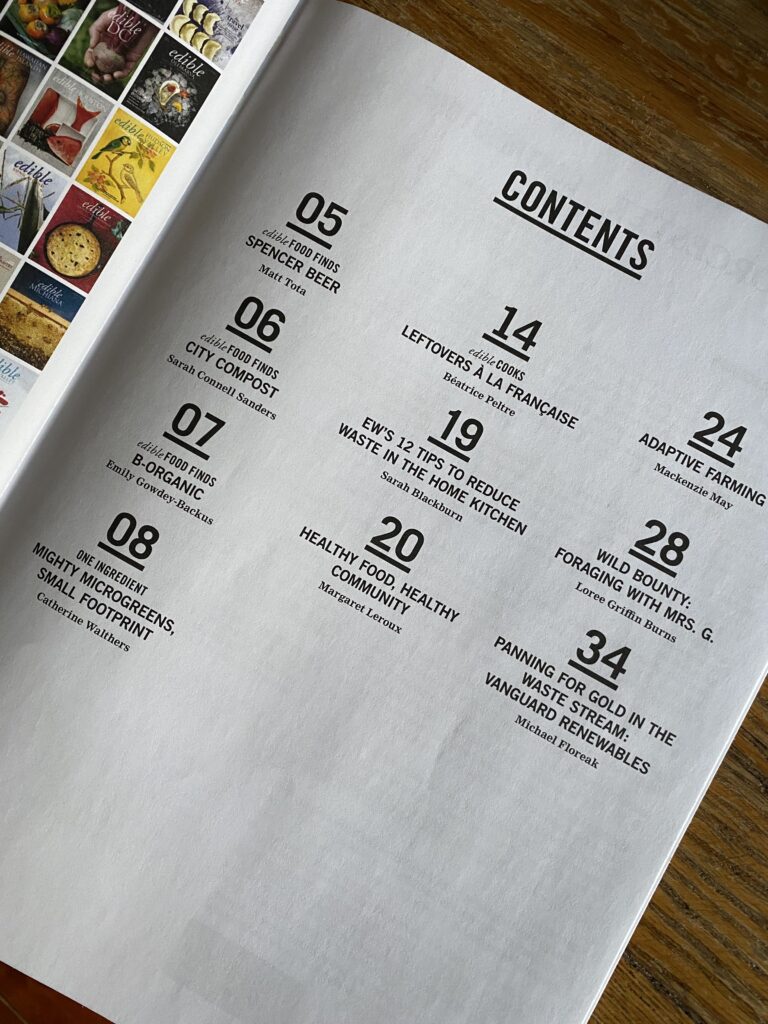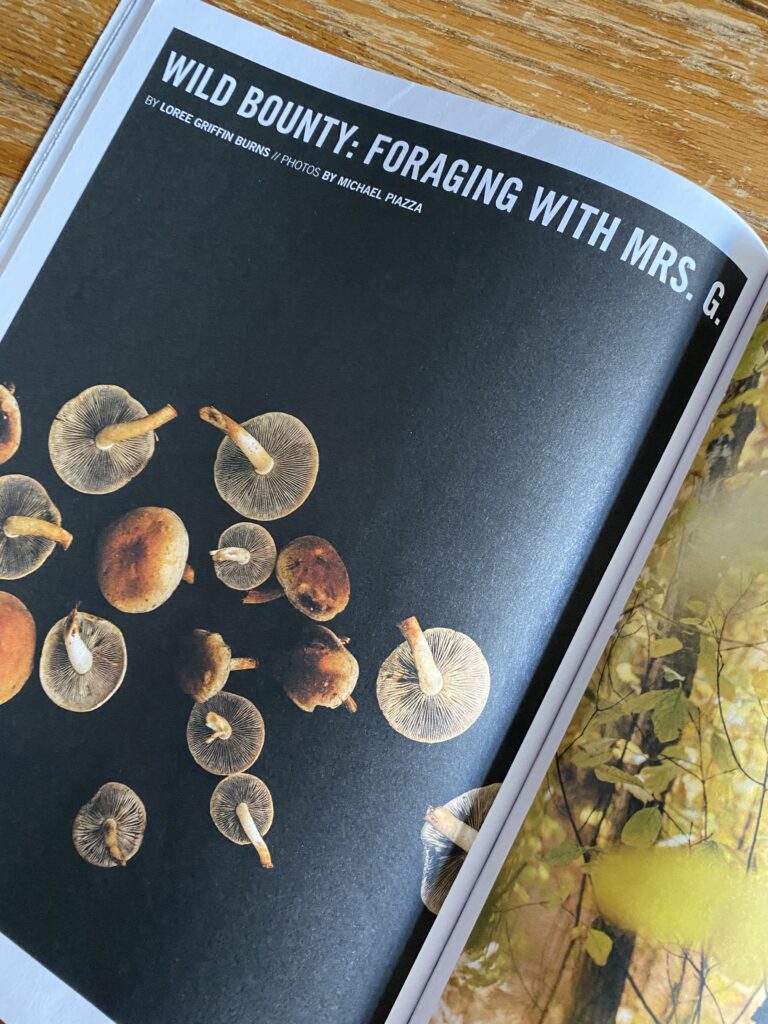Interesting that a post called compression is so overly long. I realized too late that compression is a topic for a BOOK CHAPTER, not a BLOG POST. But I did promise …
Last fall, while researching my citizen science book, I attended three monarch butterfly tagging events. Wonderful things happened at each event, things that I dutifully recorded in my notes so that I could use them when the time came to write the book.
Well, friends, the time has come to write the book.
And so I have been reliving my favorite butterfly tagging moments. One that is tugging particularly hard on my mind is the day I watched a dozen adults and kids hunt for monarchs with naturalist Kristin Steinmetz at Broad Meadow Brook Wildlife Sanctuary…
After a thorough introduction to monarch butterflies and the MonarchWatch tagging program, Kristin led the group of intrepid butterfly hunters to a large open meadow on the property. The milkweed and cow vetch and wild aster there was taller than every kid in the group—and probably a few of the adults. But overgrown wildflowers couldn’t stop these folks. They stood alongside that meadow, butterfly nets in hand, and scanned the weedtops for telltale shimmers of orange-and-black.
“There!” the smallest girl in the group yelled, pointing. And before I had even spotted the butterfly, her dad set out at a sprint with his net raised up over his head. He chased that butterfly on a haphazard flight through the heart of the meadow. When it finally settled on a flower; Dad snagged it with a single, graceful sweep of his net. There were whistles and cheers as he made his way back to the path.
The group watched in awe as Kristen reached into the net, grasped the butterfly by its wings, and slid it ever-so-gently out of the net. As she held the marvelous creature up for all to see, there was much oohing and ahhing. And then, too swiftly, heartbreak:
“I’m sorry,” Kristin said, “but we can’t tag it.”
There was a collective gasp. Then silence.
“This isn’t a monarch butterfly,” Kristin explained, gently. “It’s a viceroy.”
As Kristin tried to convince her charges that their mistake was common, and also a good lesson (mimicry among butterflies is widespread, and monarch watchers must learn to tell the difference between a monarch and a viceroy in order to be successful monarch citizen scientists), I was already scribbling into the margin of my notebook: “Open monarch chapter with this scene?”
In theory, I would still love to open the monarch chapter of my new book with this scene. It has a striking setting, interesting characters, dramatic arc, and important information embedded in its unfolding. Unfortunately, though, a chapter opening with this scene would, in the end, disappoint my readers … because this particular group of monarch hunters didn’t capture or tag a single monarch for the rest of the day!
Sigh.
How can I explore the tagging of monarch butterflies in a chapter that does not include a single successful monarch capture? It can’t be done. How can I include successful monarch captures into a chapter that includes the scene above? Well, that can be done, but only by resorting to compression …
Compression, in the writing world, is the act of combining several temporally distinct events into a single, seamless whole. If I were to simply include the mistaken identity scene above in a chapter that includes a dramatic rendering of another, more successful monarch tagging event, I will have compressed two events into one. If I were careful, the reader would never suspect the events happened on different days.
Hmmm. Convenient.
Legal? Well, yes, actually. Compression is a legitimate authorial tool for managing chronology and pacing in a work of nonfiction.
Honest? Um, well, no. Not really. And I can’t swallow the idea that duping readers in the name of their literary pleasure is okay. At least not when your readers are twelve.
There is a great essay on Compression in KEEP IT REAL, the book I recommended last week. It’s worth a read. It concludes, based on the experiences of one writer who chose to compress material in her work, that “compression may often be a sound choice artistically, [but] it is also rife with danger.”
I am not generally a girl who digs danger. Nope. Not me. But I do love a challenge. I know there is a way to share my tagging experiences in a chapter that is both intriguing AND accurate. I just have to find it …






